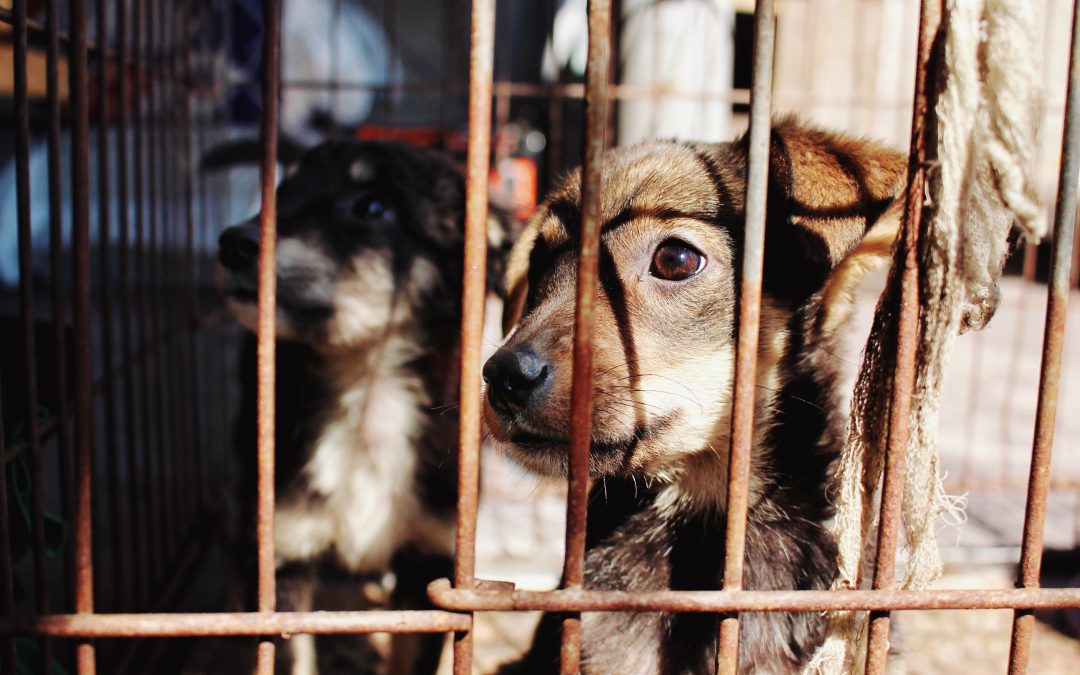In the sun-drenched expanse of Miami, a city known for its vibrant culture and blazing temperatures, the choice to keep a dog outdoors raises profound ethical questions. This practice is often deemed normatively acceptable, yet it stands at a contentious crossroads of climate considerations and the fundamental welfare of dogs. The dichotomy between the feral essence of canine ancestors and the domesticated dependency of modern pets complicates the narrative surrounding their outdoor housing. In examining whether such confinement constitutes animal cruelty, it is essential to delve into the nuanced layers of environmental impact, behavioral needs, and ethical responsibilities.
Firstly, Miami’s tropical climate presents unique challenges for both humans and animals alike. The summer months can be exasperatingly hot, with temperatures frequently soaring above 90 degrees Fahrenheit. Coupled with high humidity, these conditions can cause acute distress to a dog left unattended outdoors. Dogs are susceptible to heatstroke, dehydration, and myriad other heat-related ailments, especially breeds with flat faces or thick coats. Conversely, the occasional brief excursion outdoors can be beneficial, providing them with essential stimulation and opportunities for exercise. Herein lies a delicate balance: the need for fresh air must be meticulously weighed against the risks inherent to prolonged exposure to Miami’s elements.
Moreover, the lack of adequate shelter adds another layer to the discourse on canine welfare. A simple doghouse is far from sufficient when considering the complexities of adequate protection from both the sun’s unforgiving rays and torrential downpours. The American Society for the Prevention of Cruelty to Animals (ASPCA) advocates for the provision of adequate shelter—something that transcends physical structure. Shelter must meet the emotional and psychological needs of animals; it must be a sanctuary where a dog feels secure and comfortable. An unprotected dog, subjected to radiant sunshine and sudden rainstorms, is not only a candidate for physiological distress but also psychological trauma.
Furthermore, it is crucial to acknowledge and address the behavioral implications of keeping a dog outside. Canines, by nature, are social beings. While some breeds may exhibit a semblance of independence, the overwhelming majority thrive through companionship and interactive engagement with their human families. Isolation can lead to a plethora of behavioral issues, such as anxiety, aggression, and destructive tendencies. A dog confined to the yard is often deprived of the enrichment that social interaction provides. Thus, separative confinement does not merely impose physical limitations but also inhibits emotional well-being.
On a broader scale, the issue of outdoor confinement also intersects with cultural perceptions of animal care. In Miami, as in many regions across the United States, there exists a certain romantic idealization of the outdoor dog. Images of robust canines frolicking in sunlit gardens often obscure the harsher realities of outdoor life. This idyllic portrayal invites scrutiny, as society must evaluate the line between a rural heritage and the contemporary ethical treatment of pets. Dog owners may justify outdoor housing with nostalgic narratives of unbridled canine freedom, yet these sentiments often overlook the responsibilities that accompany pet guardianship.
It is also important to confront the legal perspective surrounding animal welfare. Many jurisdictions, including Florida, have laws that specify the minimum standards for animal care. While these laws generally prohibit overt acts of cruelty—such as abandonment or abuse—the stipulations regarding outdoor confinement can be nebulous. Actually defining what constitutes appropriate living conditions and the degree of emotional and physical distress requires a comprehensive understanding of canine requirements. Thus, owners must grapple with both the societal and legal implications of their choices.
In conversations about animal cruelty, one must also consider the specter of socio-economic factors. High-density urban areas such as Miami often exhibit pronounced disparities in wealth and resources. A dog left outdoors may not stem from malice or lack of affection but could arise from an owner’s constraints—be they financial, philosophical, or environmental. Recognizing the societal pressures that sometimes dictate the living circumstances for pets creates a comprehensive dialogue on welfare. Education plays a critical role here, as outreach programs can bridge the gap between socio-economic realities and the evolving perceptions of responsible pet ownership.
As individuals engaged in this discourse, one must maintain a resolute commitment to advocating for animal rights. This entails continuously reevaluating our perceptions and practices surrounding canine care, urging dog owners to prioritize their pet’s emotional and physical well-being. A concerted effort toward awareness can catalyze meaningful change, illuminating the complexities of canine welfare in Miami’s climate.
In conclusion, the decision to keep a dog outside in Miami is fraught with complexities that transcend mere preference. The potential for suffering due to climate conditions, the imperative for adequate social interaction, and the surrounding socio-economic considerations all contribute to the discourse on animal welfare. As stewards of these animals’ lives, we must continually assess not only the legality of our actions but also the ethical implications that accompany them. The heart of the matter lies not just in the physical safety of our canine companions but in affirming their right to thrive as sentient beings, deserving of warmth, security, and companionship.








